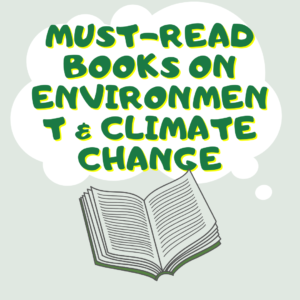What is Renewable Energy?
Renewable energy is from an energy resource that is replaced rapidly by a natural process such as power generated from the sun or from the wind.
Different types of renewable energy
Some common types of renewable energy are hydropower, wind power, biomass energy, geothermal energy and solar power.
Hydropower
Hydropower is power derived from the energy of falling or fast-running water. Hydropower is one of the oldest sources of energy for producing electrical and mechanical energy. Thousands of years ago, people used hydropower to turn paddle wheels on rivers to grind grain. The first industrial use of hydropower to generate electricity in the United States was in 1880.
There are two types of hydroelectricity production: dams and run of the river systems. Hydro dams utilize the potential energy from dam water to produce electricity. The elevation created by the dam creates gravitational force for turning the turbine when water is released. Run of river system also uses turbines and generators but relies on natural water flow rates of rivers diverting just a portion of the water through turbines. The Hoover Dam in the United States provides over 2000 megawatts which is enough to serve 1.3 million people.
Pros and Cons of Hydropower
Hydropower is a renewable energy. Using the energy of running water, electricity can be produced at a low cost. Hydropower has a high efficiency and does not emit that much greenhouse gases during operation. Thus, hydropower helps fight climate changes and does not pollute our air.
Building a dam and a reservoir to support hydropower requires lots of money and time. In some cases, the hydropower plant can cause a loss or modification of fish habitat, and lead to the entrapment of fish and the restriction of their passages. It is not easy to find a suitable place to build a hydropower plant. There is also a risk that the dam may collapse or leak without proper maintenance.
Wind Power
Wind power refers to the process of creating electricity using the wind, or air flows that occur naturally in the earth’s atmosphere. Modern wind turbines are used to capture kinetic energy from the wind and generate electricity.
Misconceptions on Windmills & Wind Turbines
People often are confused about windmills and wind turbines. In the past, windmills were used to grind grain, pump water and do other farm work. Windmills generate mechanical energy but not electricity. In the modern world, we use wind turbines to generate kinetic energy and convert it to electricity. Very often, many wind turbines are placed together in one area. This area is referred to as a wind farm. A wind farm serves as a power plant and sends electricity to the grid.
How wind energy gets to you?
The turbines in a wind farm are connected so the electricity they generate can travel from the wind farm to the power grid. Once wind energy is on the main power grid, electric utilities or power operators will send the electricity to where people need it.
Smaller transmission lines, called distribution lines, collect electricity generated at the wind project and transport it to larger “network” transmission lines, where the electricity can travel across long distances to the locations where it is needed. Finally, smaller distribution lines deliver electricity directly to your town, home or business.
Pros and Cons of Wind Power
Wind power is a renewable energy. Since wind is a free resource, the operating cost is low. The wind turbines do not require extensive maintenance and are easy to install. It does not produce greenhouse gases, and hence, it does not have significant environmental impact on climate change. Although the wind farms can take up lots of space, the land below the actual turbines can be used for other purposes such as growing crops and grazing livestock.
Wind power relies on steady wind. Sometimes, it can be difficult to predict how much electricity a wind turbine can produce. If wind speeds are low, then the turbines may not function. Thus, it is not easy to find an ideal place for building a wind farm. The wind turbines are noisy when they are operating at full speed. Thus, the neighborhood close to the wind farm may experience noise pollution. In addition, the blades of the wind turbines often can kill birds and other flying species.
